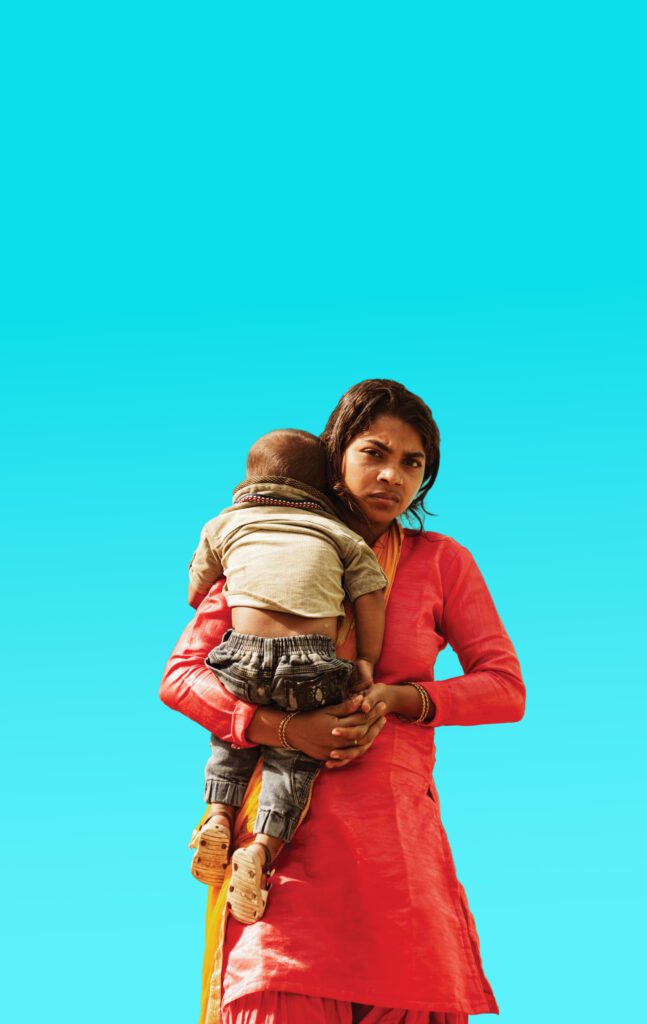
Like a SWAT team tracking escaped convicts, scientists investigating the damage that poverty inflicts on children are utilizing forensics to close in on the culprit.
New research more strongly links poverty, brain development and reduced academic achievement. In April I wrote about the ravages of inequality on America’s children, as evident in correlations between low income and smaller brain size. See @ http://www.huffingtonpost.com/billy-shore/-smaller-bank-accounts-sm_b_7151794.html On July 20, a team led by University of Wisconsin-Madison’s Seth Pollak published findings in JAMA Pediatrics (Journal of the American Medical Association) that went farther than before.
Analyzing MRI scans of 389 children and teens over six years; they found that poverty affected the structure of three parts of the brain related specifically to academic achievement: the frontal lobe, the temporal lobe, and the hippocampus. 15-20% of the gap in test scores between low income and upper income kids can be explained by structural differences in those three parts of the brain. Kids living in families below the poverty level had 8-10% less gray matter in the regions of the brain associated with learning and scored 4-7 points lower on standardized tests.
The new study is the first to connect these findings. “Our research suggests that specific brain structures tied to processes critical for learning and educational functioning (e.g., sustained attention, planning, and cognitive flexibility) are vulnerable to the environmental circumstances of poverty, such as stress and limited stimulation and nutrition,” the authors note. “It was stunning to see the circle closed—the delay in brain growth explains the achievement deficit in poor children,” says Pollak.
The “aha!” is not so much the correlation but the granularity and specificity of imaging that makes such correlations irrefutable, and harder to look the other way.
When it comes to poverty, our national Achilles’ heel is the habit of “out of sight, is out of mind.” Brain size is a microcosm for it. Talk about invisible! If not for neuro-science we would never know that specific damage that hunger and poverty inflict. Until now we never had an unobstructed view. Instead we had to speculate, surmise, make a leap of faith. Graphing MRI’s to income and test scores makes what is fuzzy more sharp and clear.
Nature gave us all hard skulls, just not hard enough to protect what’s inside from politics, bureaucracy, indifference and neglect. But the good news, as JAMA said in an editorial, is that the sensitivity of the brain (what scientists call “plasticity”) to positive as well as negative “lends credence to the idea that interventions to remediate adverse early environments may have some success in altering this neurobiological tie.”
These discoveries add urgency to everything we do. It puts Share Our Strength on the front lines not only of feeding kids but also increasing educational opportunity. Whether you are working on our Hunger Free Summer for Kids legislation, Dine Out, corporate partners, innovation, culinary, Cooking Matters, or other vital relationships, it’s more clear than ever that a generation of children across the country depend on your efforts.


